Author: Paul Amico
As a hop that was found rather than being intentionally bred, the genetics for Idaho Gem are unknown, though it’s a variety that has received rather positive reviews since it was released by Gooding Farms in the mid-2010s. Taking its name from the state in which it was discovered and is currently grown, Idaho Gem is described as imparting candy-like red berry and cherry notes along with dank, floral, and citrus characteristics.
Alpha: 11 – 14%
Beta: 5 – 7%
Cohumulone: 40 – 45% of alpha acids
Total Oil: 1.3 – 2 mL/100g
Myrcene: unknown
Humulene: unknown
Caryophyllene: unknown
Farnesene: unknown
Linalool: unknown
Geraniol: unknown
ß-Pinene: unknown
Parentage: unknown
With its high alpha acid and oil content, Idaho Gem seems an ideal variety for the hopped-up styles popular these days. While I’d yet to use this relatively novel variety in my own brewing, I had heard good things about it and was excited to see what blind tasters would think of a Pale Ale made solely with Idaho Gem.
| MAKING THE BEER |
I went with our standard Hop Chronicles Pale Ale recipe for this batch, making small adjustments to the kettle hop additions to keep the bitterness in check.
Idaho Gem Pale Ale
Recipe Details
| Batch Size | Boil Time | IBU | SRM | Est. OG | Est. FG | ABV |
|---|---|---|---|---|---|---|
| 5.5 gal | 60 min | 40.4 | 5.7 SRM | 1.057 | 1.009 | 6.3 % |
| Actuals | 1.057 | 1.009 | 6.3 % | |||
Fermentables
| Name | Amount | % |
|---|---|---|
| Lamonta (Mecca Grade) | 10 lbs | 83.34 |
| Vanora (Mecca Grade) | 2 lbs | 16.66 |
Hops
| Name | Amount | Time | Use | Form | Alpha % |
|---|---|---|---|---|---|
| Idaho Gem | 8 g | 0 min | First Wort | Pellet | 13.8 |
| Idaho Gem | 10 g | 30 min | Boil | Pellet | 13.8 |
| Idaho Gem | 12 g | 15 min | Boil | Pellet | 13.8 |
| Idaho Gem | 56 g | 2 min | Boil | Pellet | 13.8 |
| Idaho Gem | 56 g | 4 days | Dry Hop | Pellet | 13.8 |
Yeast
| Name | Lab | Attenuation | Temperature |
|---|---|---|---|
| Flagship (A07) | Imperial Yeast | 75% | 32°F - 32°F |
Notes
| Water Profile: Ca 83 | Mg 7 | Na 8 | SO4 150 | Cl 58 |
Download
| Download this recipe's BeerXML file |
I started off my brew day by flipping the switch on my controller to heat up the RO water I’d previously adjusted to my desired profile before weighing out and milling the grain.
When the water was properly heated, I incorporated the grains and set the controller to maintain my desired mash temperature of 152 °F/ 67°C before preparing the kettle hop additions.
Once the 60 minute mash rest was complete, I removed the grains and proceeded to boil for 60 minutes, adding hops at the times stated in the recipe. When the boil was complete, I used my CFC to chill the wort during transfer to a sanitized fermenter.
A refractometer reading showed the wort was at my target OG.
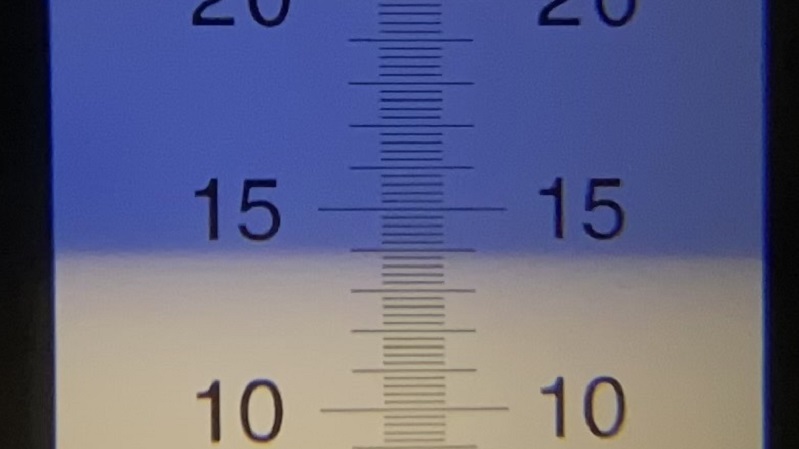
Next, I direct pitched a single pouch of Imperial Yeast A07 Flagship into the wort.
The beer was left to ferment at 66°F/19°C for 2 weeks before I took a hydrometer measurement confirming FG was reached.
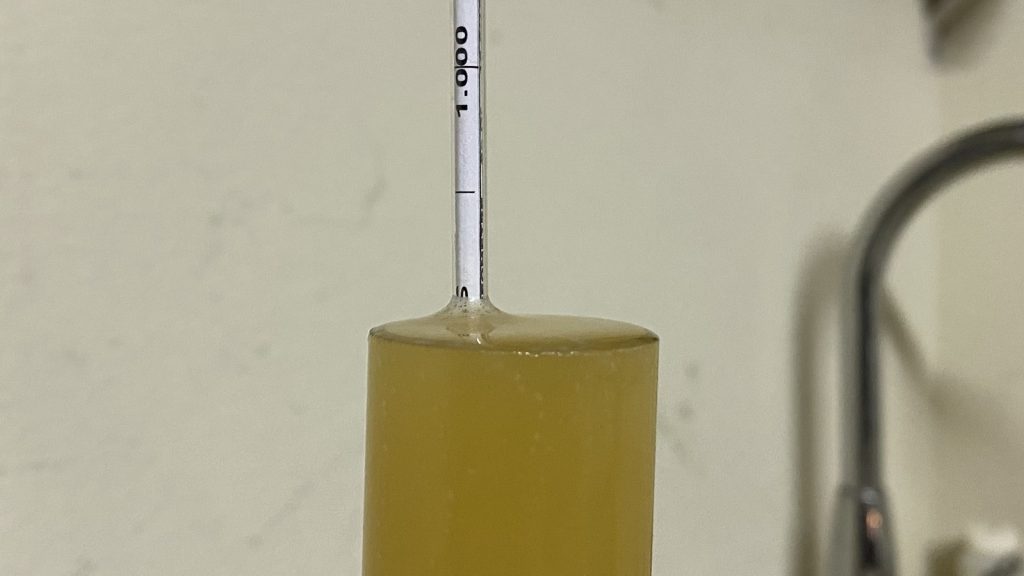
With fermentation complete, I transferred the beer to a CO2 purged keg.
The filled keg was placed in my keezer and burst carbonated overnight before I reduced the gas to serving pressure. After a week of conditioning, I began serving it to blind tasters.
| METHOD |
Participants were instructed to focus only on the aromatic qualities of the beer before evaluating the flavor. For each aroma and flavor descriptor, tasters were asked to write-in the perceived strength of that particular characteristic on a 0-9 scale where a rating of 0 meant they did not perceive the character at all and a 9 rating meant the character was extremely strong. Once the data was collected, the average rating of each aroma and flavor descriptor was compiled and analyzed.
| RESULTS |
A total of 24 people participated in the evaluation of this beer, all blind to the hop variety used until after they completed the survey. The average aroma and flavor ratings for each descriptor were plotted on a radar graph.
Average Ratings of Aroma and Flavor Perceptions
The 3 characteristics endorsed as being most prominent by participants:
| Aroma | Flavor |
| Tropical Fruit | Tropical Fruit |
| Citrus | Citrus |
| Apple/Pear | Pine + Earthy/Woody (tie) |
The 3 characteristics endorsed as being least prominent by participants:
| Aroma | Flavor |
| Onion/Garlic | Onion/Garlic |
| Resinous + Grassy (tie) | Berry |
| Berry | Melon + Dank/Catty (tie) |
When asked to rate the pungency/strength of the hop, most tasters perceived it as being mildly to moderately pungent.
Tasters were then instructed to identify beer styles they thought the hop would work well in.
Finally, participants were asked to rate how much they enjoyed the hop character on a 1 to 10 scale.
My Impressions: The first thing I got off of this Idaho Gem Pale Ale was melon and floral with apple/pear and tropical fruit off in the distance. Interestingly, the aroma was most pungent while pouring the beer, but it seemed to fade a bit once in the glass. The flavor was very similar to the aroma, though I got a bit more floral on the tongue than I did in the nose.
| CONCLUSION |
In the advanced world of today, most new hop varieties are intentionally bred by scientists who, given its progeny, have at least some idea of what characteristics it may possess. However, there was a time when all hops used in the brewing process were discovered “in the wild” before being cultivated, something Idaho Gem shares with other age-old varieties. And the fact such a new hop whose genetics are unknown possesses the juicy fruit characteristics desired by modern beer drinkers makes Idaho Gem all the more interesting.
The most prominent aroma and flavor characteristics noted by people who evaluated a Pale Ale made solely with Idaho Gem were tropical fruit and citrus, while onion/garlic, resinous, grassy, and berry were the least endorsed characteristics. While this goes against the existing description of Idaho Gem as imparting strong notes of red berry, the high tropical fruit and citrus ratings suggest this hop would fit nicely in modern Pale Ale and IPA, which were the styles endorsed by most tasters.
Based on the existing descriptors for Idaho Gem, I expected it to be quite pungent, but its character in this single-hop Pale Ale was somewhat mild. To me, this was actually a good thing, as so many new varieties are bred to be used in hop-bombs, though Idaho Gem was found in the wild and has characteristics I feel would work beautifully in less aggressive styles like American Wheat Beer or even a modern Kölsch. That’s not to say it wouldn’t pair well with other varieties in IPA, I’m sure it would, but I’m looking forward to seeing how it does when smaller doses are used in more delicates styles.
Idaho Gem hops are available now at Yakima Valley Hops, get some while you can! If you have any thoughts on this variety, please feel free to share them in the comments section below.
Support Brülosophy In Style!
All designs are available in various colors and sizes on Amazon!
Follow Brülosophy on:
FACEBOOK | TWITTER | INSTAGRAM
If you enjoy this stuff and feel compelled to support Brulosophy.com, please check out the Support page for details on how you can very easily do so. Thanks!



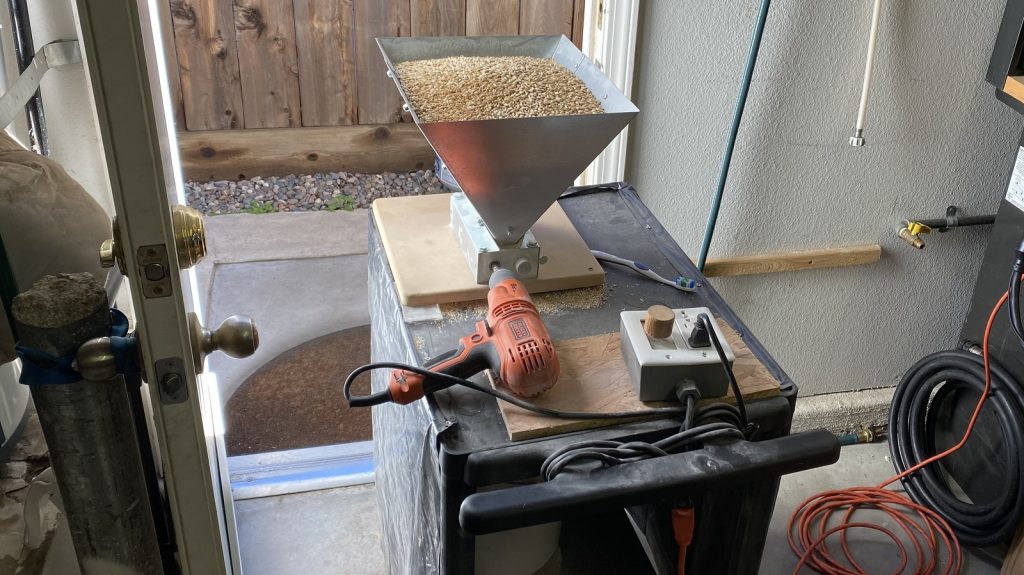
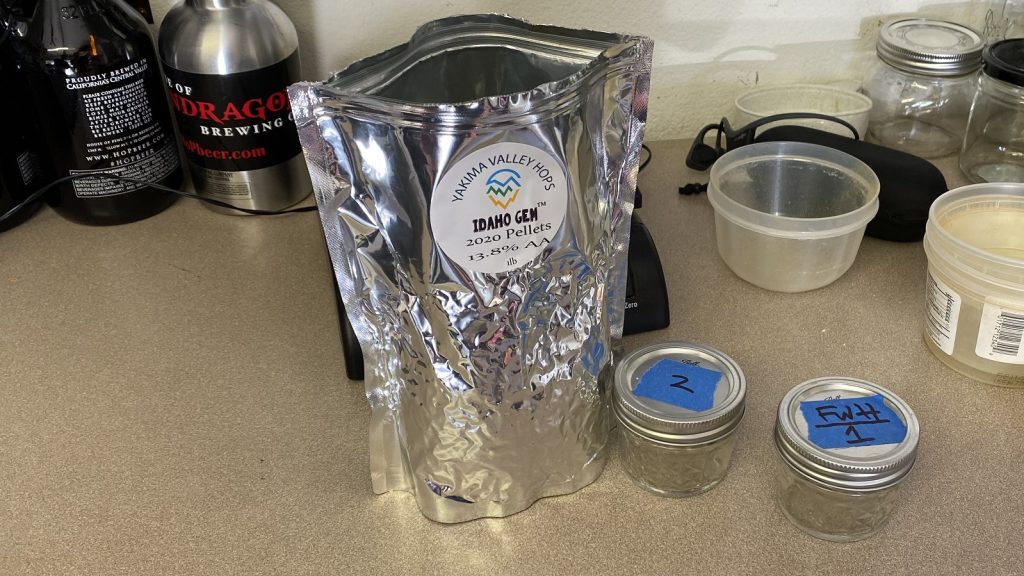
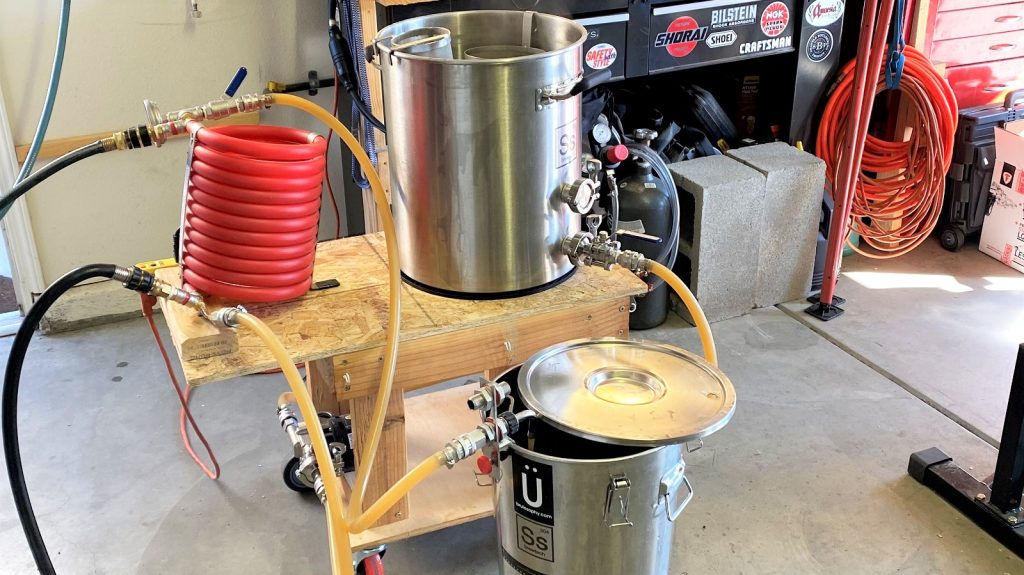
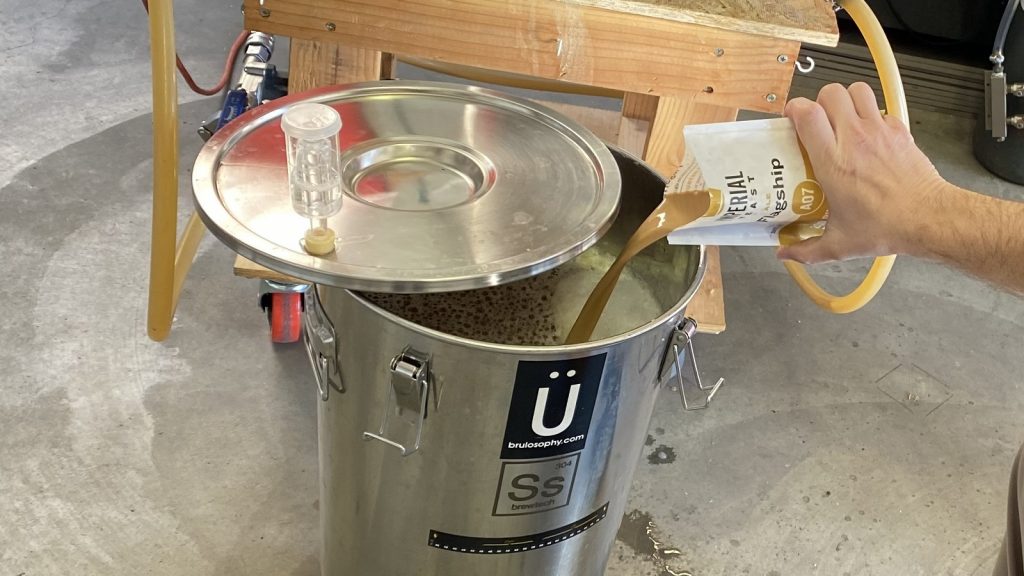
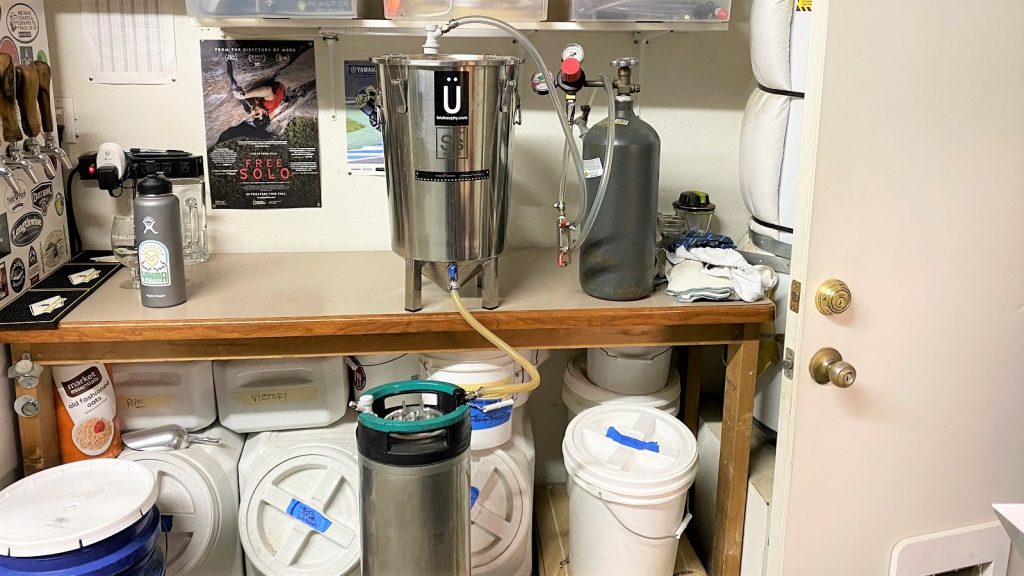
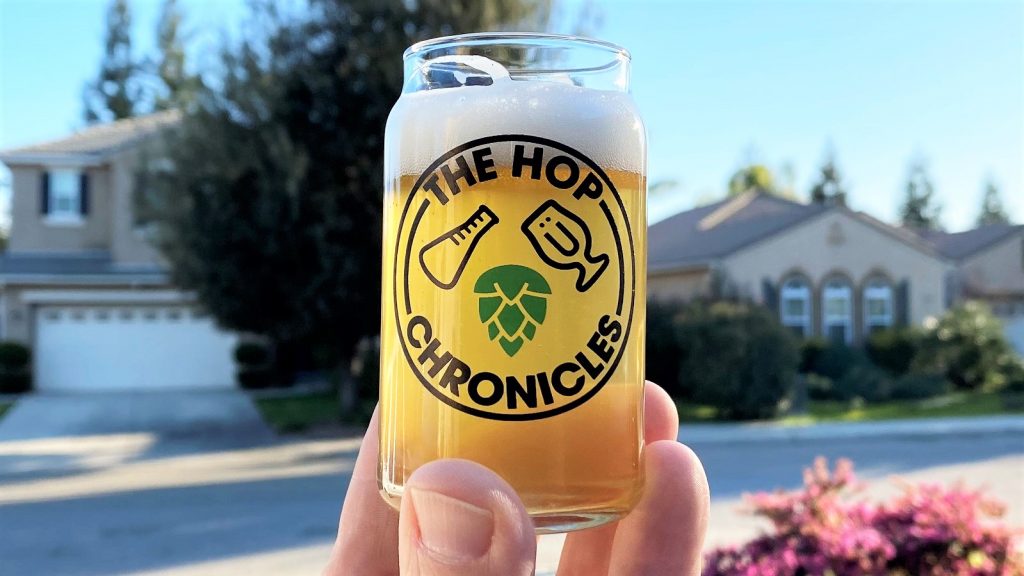

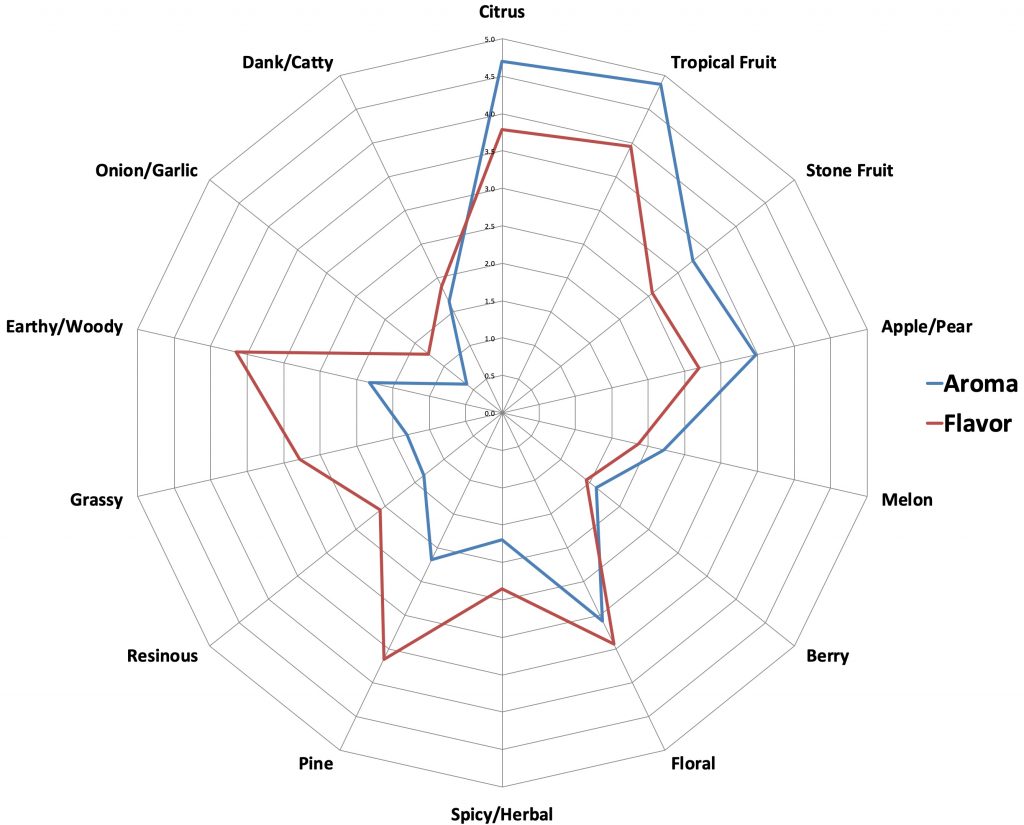
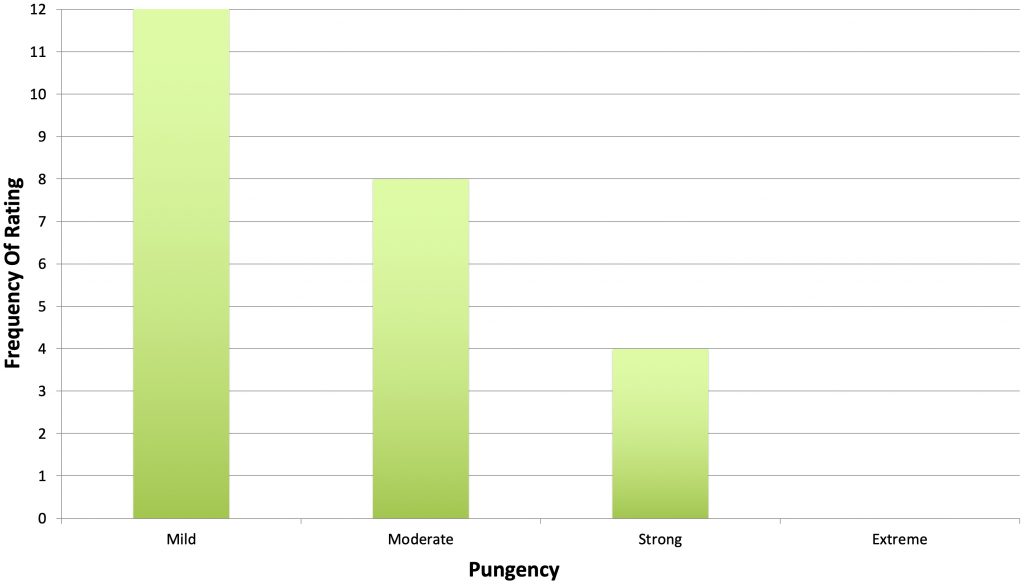
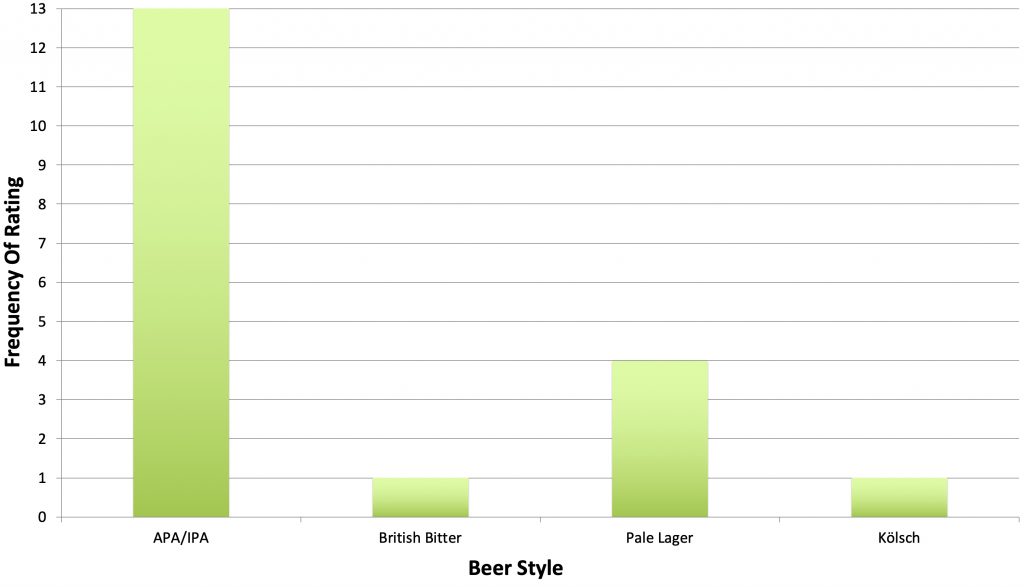
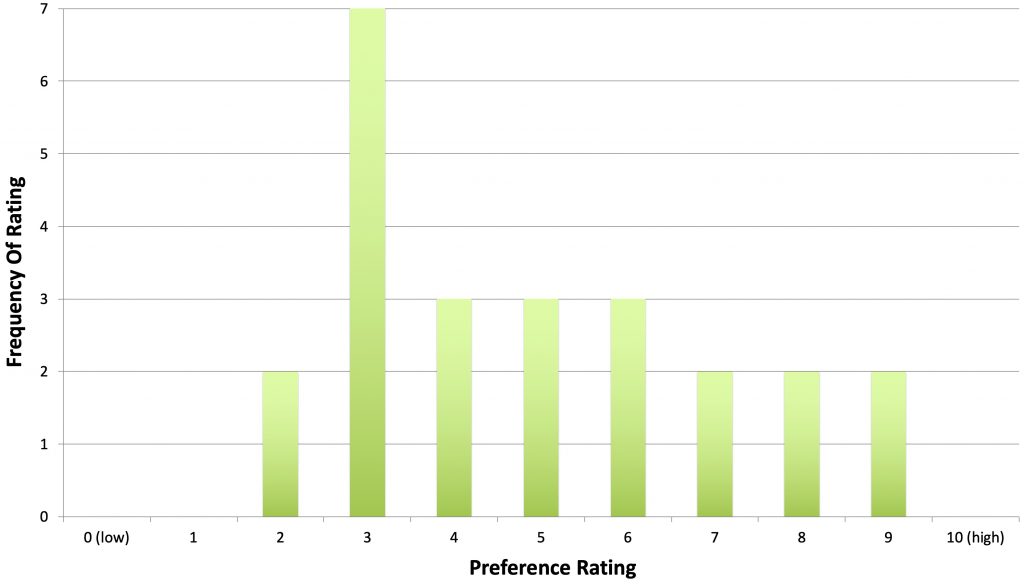











5 thoughts on “The Hop Chronicles | Idaho Gem (2020) Pale Ale”
I think people are unlikely to use ‘red berry’ as a flavor description in a pale colored beer or in a white wine, unless prompted by prior knowledge of the hop or grape. Books often describe white sauvignon wine as having an aroma of gooseberry bushes. In fact, gooseberry bushes don’t have an aromatic twang in the way that blackcurrant bushes do; not the ones in my garden anyway. Just brush against a blackcurrant bush and you smell the aroma from leaves and twigs. I detect no aroma at all from my gooseberry bushes. Yet it doesn’t sound right to say that a white wine has an aroma of blackcurrants.That should be for red wines to have red berry flavors. Coming back to hops…Bramling Cross is an old English variety, long said to have an aroma of blackcurrants, not that I’ve detected it.
It may be possible if using different yeast , you ma be able to get different aromas and tastes. WLP001 / Safale 05 / wyeast 1056
001/05/1056 are all “the same” right along side Imperial’s Flagship. https://d2n6lg24rx372u.cloudfront.net/wp-content/uploads/2019/11/Yeast-Strain-Comparison.pdf
I’ve said this once before in a prior Hop Chronicles article–it seems pointless to ask people what styles a hop would be appropriate for when the answers are only ever IPA/APA, and the flavor descriptors are almost always “stone fruit/tropical fruit/citrus”. If you go back to an early article for Saaz, it lists tropical fruit as one of its aromas and IPA got the most votes for style.
Based on the author’s descriptors, this would seem to be a pretty versatile hop that you could use in a dunkel, vienna lager, golden ale, American wheat, and even a Newcastle-style brown ale or a schwarzbier or a saison. Kolsch seemed like an excellent call too.
Lesser pungency being a good thing is a bit mystifying to me. Just use less of something that’s too pungent…